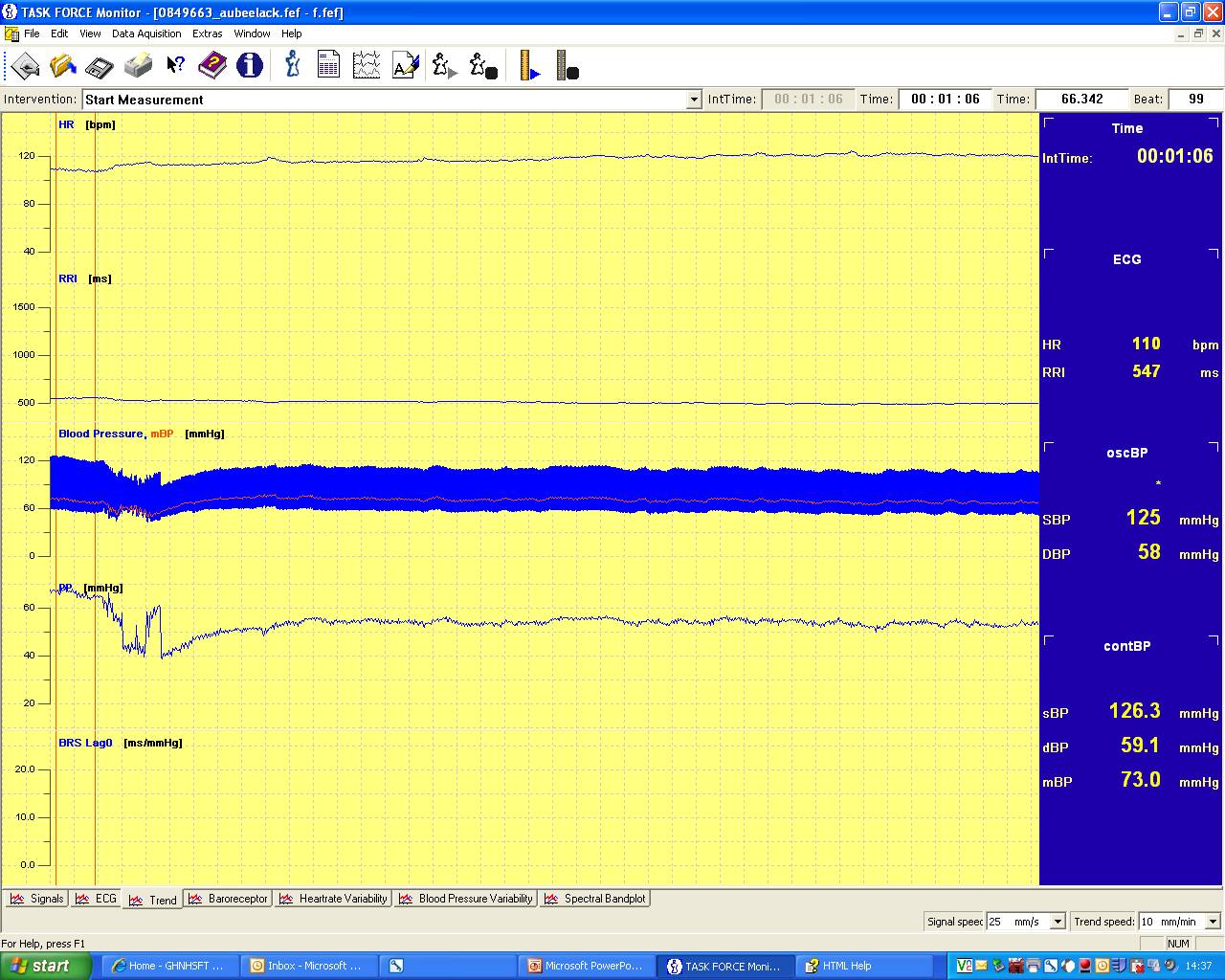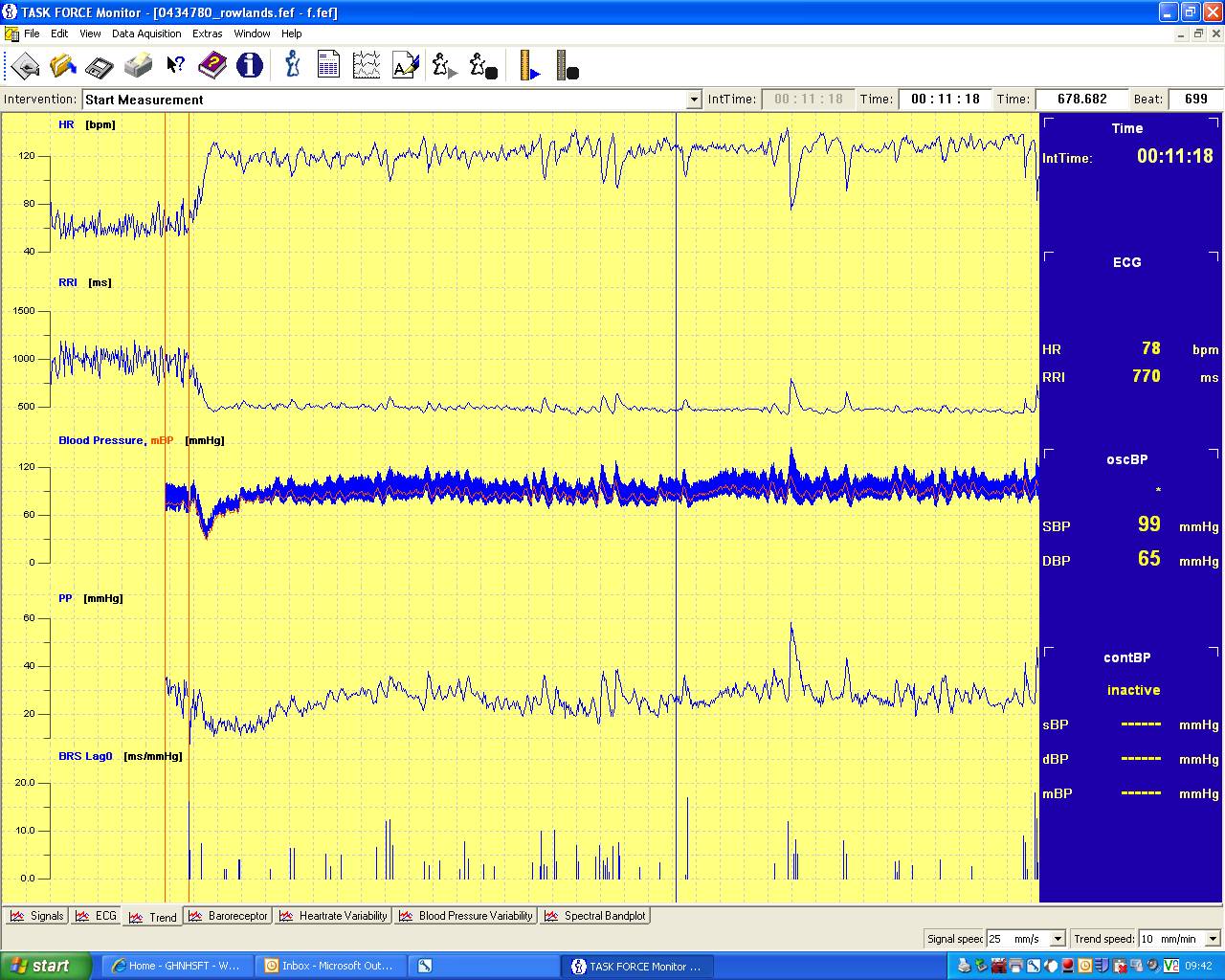Gloucestershire PoTS Postural Tachycardia Syndrome
GPs may recognise PoTS but will often refer to a hospital specialist for confirmation of the diagnosis and treatment. These specialists often run Syncope clinics, although only a minority of people with PoTS experience syncope (blackouts).
The following tests may be used to confirm a diagnosis, or exclude other conditions with similar symptoms:
- Active stand test – The patient rests flat for five minutes and heart rate and BP are recorded whilst lying. It is important to repeat these readings to establish a reproducible BP and heart rate before standing up. After standing up, further recordings are taken at one minute intervals over 10 minutes. This test can easily be carried out at home using an electronic upper arm BP monitor. This BP monitor scored a AA recommendation for accuracy when tested by the British Hypertension Society, and is remarkable value.
- Tilt table test – The patient rests flat on a special bed with a footplate whilst BP and heart rate recordings are made. The bed is then tilted (head end up) for up to 20 minutes while further recordings are taken. See Tilt Table Tests. Active stand and tilt tests are stopped earlier if the patient in unable to continue, or if satisfactory recordings have been made.
• 12-lead electrocardiogram (ECG) – Electrical activity of the heart is recorded through little stickers on the chest wall
• 24 hour ECG – Similar to above, but the stickers are left on for 24 hours and results are recorded on a small portable devise as you undertake normal daily activities.
• 24 hour blood pressure monitoring – a small devise worn continuously, taking blood pressure and heart rate readings every 30 minutes during the day and every hour at night as you undertake normal daily activities.
• Blood tests – these may include full blood count, kidney and liver function, thyroid function, calcium, diabetes tests, lying and standing noradrenaline levels.
• Echocardiogram (echo) – An ultrasound test where the structure of the heart is visualised using a probe placed on the chest wall. It is quick and painless, and rules out structural heart abnormalities.
Misdiagnosis of PoTS
PoTS was first recognised by medical journals in 1993, but many medical professionals are still unaware of the condition today. Obtaining the right diagnosis can therefore be a lengthy and frustrating process. Meanwhile, patients are commonly misdiagnosed with other conditions such as panic attacks, anxiety, depression, and chronic fatigue syndrome.
If you think you could have PoTS, it may help to discuss this with your GP and ask for a referral to Dr Deering.
For more information on PoTs please do not hesitate to get in touch with Dr Deering through our appointments page.




